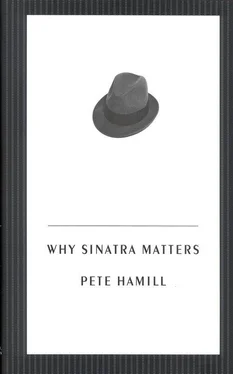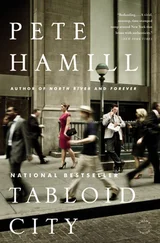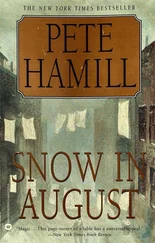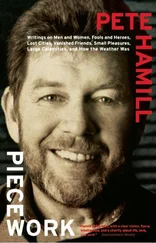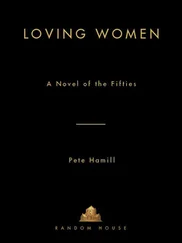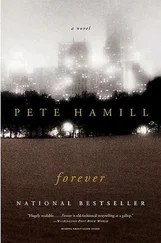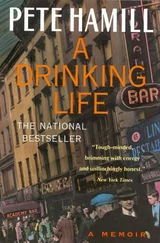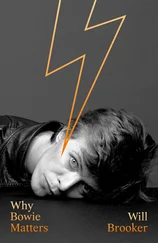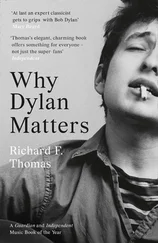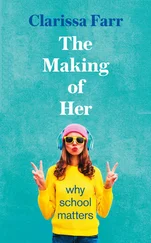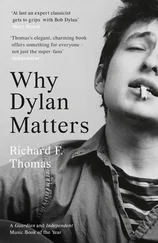Pete Hamill - Why Sinatra Matters
Здесь есть возможность читать онлайн «Pete Hamill - Why Sinatra Matters» весь текст электронной книги совершенно бесплатно (целиком полную версию без сокращений). В некоторых случаях можно слушать аудио, скачать через торрент в формате fb2 и присутствует краткое содержание. Год выпуска: 2009, ISBN: 2009, Издательство: Hachette UK, Жанр: Современная проза, Биографии и Мемуары, Искусство и Дизайн, на английском языке. Описание произведения, (предисловие) а так же отзывы посетителей доступны на портале библиотеки ЛибКат.
- Название:Why Sinatra Matters
- Автор:
- Издательство:Hachette UK
- Жанр:
- Год:2009
- ISBN:9780316069540
- Рейтинг книги:5 / 5. Голосов: 1
-
Избранное:Добавить в избранное
- Отзывы:
-
Ваша оценка:
Why Sinatra Matters: краткое содержание, описание и аннотация
Предлагаем к чтению аннотацию, описание, краткое содержание или предисловие (зависит от того, что написал сам автор книги «Why Sinatra Matters»). Если вы не нашли необходимую информацию о книге — напишите в комментариях, мы постараемся отыскать её.
From Publishers Weekly Like a musical Elements of Style, Hamill’s slim meditation on Frank Sinatra is confident, smart and seamless. Since (and immediately before) Sinatra’s death in May 1998, countless tributes have been made to the singer; Hamill (A Drinking Life) seems to be writing to set the record straight, for he knew Sinatra and, before that, knew the singer’s music. But Hamill doesn’t fawn over Sinatra the way other, younger writers have recently done. Rather, he elegantly tells the Sinatra story, dwelling on the singer’s best recordings, dismissing “the Rat Pack, the swagger, the arrogance, the growing fortune, the courtiers,” because in the end, he writes, they are “of little relevance.” What matters, according to Hamill, is the music, chiefly that of Sinatra’s early mature years, when the singer released his celebrated albums on the Capitol label. Where a starry-eyed author might vaguely praise these albums for their pathos and vulnerability, Hamill points out that, before the singer’s Capitol comeback years, Sinatra’s fans were almost exclusively young women. The stubborn, post-Ava Gardner heartache of Sinatra’s later records, however, with their lack of self-pity, gained Sinatra a chiefly male audience. Of this, perhaps the singer’s greatest musical period, Hamill writes that Sinatra “perfected the role of the Tender Tough Guy… Before him, that archetype did not exist in American popular culture.” That may be true, but Hamill sets his book apart from the many others about Old Blue Eyes by tempering intelligent superlatives with the retelling of touching, revelatory moments the two men shared. Hamill’s is a definitive introduction to Sinatra’s work.
Copyright 1998 Reed Business Information, Inc.
From Library Journal The barrage of recent Frank Sinatra books has resulted in his being the most written-about celebrity in the world after Monroe and Presley. Hamill’s slim essay is distinguished from other recent works by its objective focus on the components of the late singer’s enduring musical legacy. Veteran writer Hamill (e.g., A Drinking Life, LJ 1/94) is comfortable in the New York City milieu of late nights, saloons, and prizefighters, and he has captured the essence of Sinatra, who created something that was not there before he arrived: an urban American voice. The book’s strength is its insight into and evocation of the Italian American immigrant experience that had such a strong influence on Sinatra. Minor weaknesses are an oversimplified examination of prejudice and an underdeveloped 1974 vignette about Ava Gardner that fails to make its point. Recommended for public and academic libraries.?Bruce Henson, Georgia Inst. of Technology, Atlanta
Copyright 1998 Reed Business Information, Inc.
